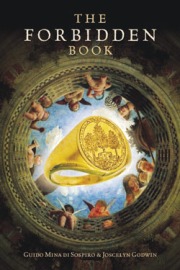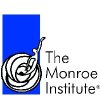“Obeah is notoriously difficult to define for those searching for a coherent system by this name. Obeah is, like witchcraft, a sorcerous art exercised by the one who possesses the ‘obi’ – or power. The Obeahman or woman inherits a particular power that aids effectively in enhancing the potency of their spellcraft, duppy-catching and sorcery.”
– From Obeah: A Sorcerous Ossuary, by Nicholaj De Mattos Frisvold
It was Santa Muerte who lead me to Obeah, or rather lead me more deeply into the question of Obeah after I had touched on it earlier while researching the cultural influence of mail-order occultist L.W. de Laurence. In searching out the popular streams, occult ephemera, and urban materia magica that attend to La Nina Bonita’s contemporary public emergence I encountered a deeper understanding of Obeah, an Afro-Latin spirituality that shares with Her a similar confusion in terms of practice and public persona.
These are ghost spiritualities, names spoken in hushed tones, complicated by fear, adoration, respect, and care. To find and understand their devotions is not possible through texts and dispossessed investigation, one must seek their very heart, and in doing so accept the price of seeing beyond the social boundaries that hold us safely in our comfortably commodified identities.














